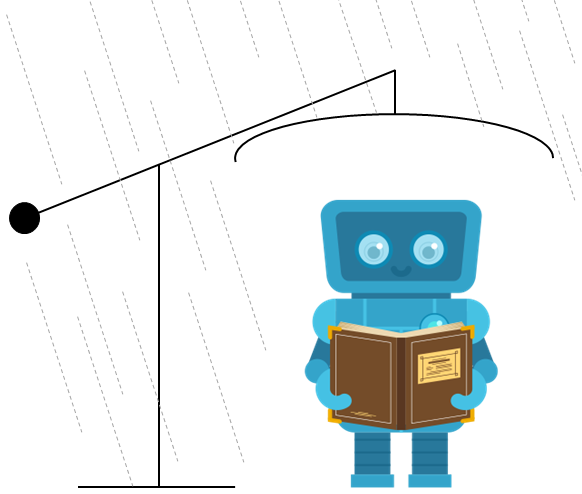Granite: Extract data from a single image¶
Much the same as the script to run SmolVLM.
#!/usr/bin/env python
# Run the IBM Granite model and extract data from a RR image
# Output the extracted data as a JSON structure
import os
from RR_utils.hf import HFlogin
from RR_utils.image import cut_image
from rainfall_rescue.utils.pairs import get_index_list, load_pair, csv_to_json
HFlogin()
from transformers import AutoProcessor, AutoModelForImageTextToText
import torch
import argparse
import random
# Text prompts - system and user
from models.smolvlm.prompts import s_prompt, u_prompt
# Specify the model ID and image label
parser = argparse.ArgumentParser()
parser.add_argument(
"--model_id",
help="Model ID",
type=str,
required=False,
default="ibm-granite/granite-vision-3.3-2b",
)
parser.add_argument(
"--label",
help="Image identifier",
type=str,
required=False,
default=None,
)
parser.add_argument(
"--fake",
help="Use fake data - not real",
action="store_true",
required=False,
default=False,
)
parser.add_argument(
"--patch_size",
help="Image patch size (pixels)",
type=int,
required=False,
default=None,
)
args = parser.parse_args()
if args.label is None:
args.label = random.choice(get_index_list(fake=args.fake))
print(f"Label not specified. Using random label: {args.label}")
# Load the image and CSV data
img, csv = load_pair(args.label)
# Cut the image into blocks
if args.patch_size is not None:
blocks = cut_image(img, args.patch_size, overlap=0.1)
else:
blocks = [img] # Use the whole image if no patch size is specified
print(f"Cut image into {len(blocks)} blocks of size {blocks[0].size}")
device = "cuda" if torch.cuda.is_available() else "cpu"
# Load the model and processor
if os.path.exists(f"{os.getenv('PDIR')}/{args.model_id}"):
model_dir = f"{os.getenv('PDIR')}/{args.model_id}"
print(f"Loading model from local directory: {model_dir}")
processor = AutoProcessor.from_pretrained("ibm-granite/granite-vision-3.3-2b")
model = AutoModelForImageTextToText.from_pretrained(model_dir).to(device)
else:
processor = AutoProcessor.from_pretrained(args.model_id)
model = AutoModelForImageTextToText.from_pretrained(args.model_id).to(device)
conversation = [
{
"role": "user",
"content": [
{
"type": "image",
"image": img,
},
{
"type": "text",
"text": s_prompt,
},
{
"type": "text",
"text": u_prompt,
},
],
},
]
inputs = processor.apply_chat_template(
conversation,
add_generation_prompt=True,
tokenize=True,
return_dict=True,
return_tensors="pt",
).to(device)
input_len = inputs["input_ids"].shape[-1]
with torch.inference_mode():
generation = model.generate(
**inputs, max_new_tokens=5000, do_sample=False, top_k=None, top_p=None
)
generation = generation[0][input_len:]
decoded = processor.decode(generation, skip_special_tokens=True)
print(csv_to_json(csv))
print(decoded)
Result = decoded[decoded.find("{") : decoded.rfind("}") + 1]
if len(Result) == 0:
Result = decoded
# Store the extracted values in a file
opfile = f"{os.getenv('PDIR')}/extracted/{args.model_id}/{args.label}.json"
os.makedirs(os.path.dirname(opfile), exist_ok=True)
with open(opfile, "w") as f:
f.write(Result)
